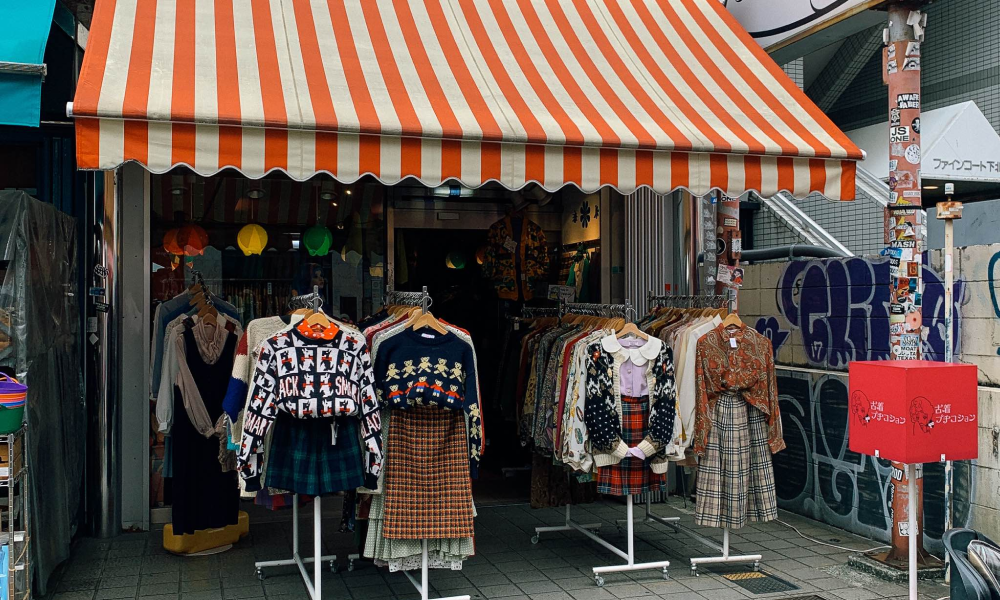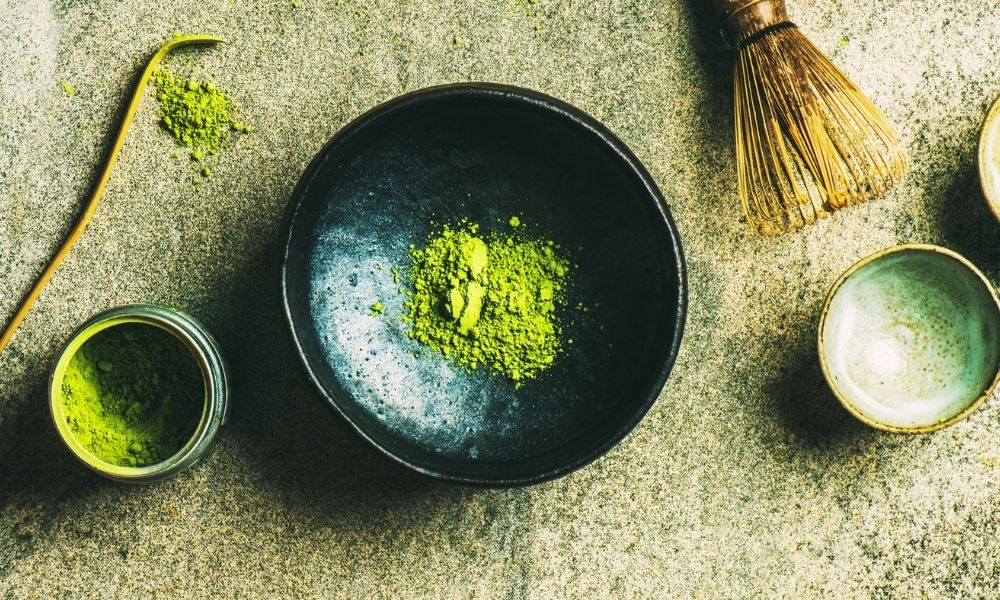Why Japanese Vintage Holds a Global Appeal
Vintage fashion is booming worldwide, driven by sustainability, uniqueness, and history. Among all global markets, Japan’s vintage scene has earned a reputation for high-quality, well-maintained fashion. Enthusiasts often say, “Japanese secondhand clothes are in great condition,” or, “You can find amazing deals in Japan.” But is this hype justified?
This report explores Japan’s vintage clothing market, specifically comparing prices and conditions across key categories—denim, band T-shirts, and iconic branded items—with those in the US and Europe. We’ll uncover whether Japan’s vintage best deals are fact or myth, and guide you on where to buy Japanese thrifted clothes at the right value.
Japan’s Vintage Market: Where Quality Meets Curation
Price Overview
Prices vary by item, brand, and rarity. For example, everyday wear like Levi’s, Hanes, or Champion can be affordable, especially at large Japanese thrift stores like RushOut or Furugiya JAM. Lee overalls go for around 15,000 yen, and shirts at shops like BUS STOP can start as low as 1,998 yen.
On the other hand, Japan designer thrift stores such as RAGTAG offer high-end vintage from brands like Prada and Comme des Garçons, priced in the tens of thousands of yen. Conversely, Koenji’s STICK OUT offers everything at a flat 800 yen—a paradise for bargain hunters.
Why Japanese Vintage Is So Well-Preserved
Japan’s reputation for pristine vintage isn’t just myth. Indeed, cultural values like mottainai (avoiding waste) promote careful ownership. Moreover, retailers clean, repair, and display items meticulously—unlike many Western thrift stores where items are sold “as-is.” In Japan, excellent condition is expected and reinforces the country’s standout quality in the vintage world.
Global Price Comparison: Japan vs. US vs. Europe
A. Vintage Levi’s Denim
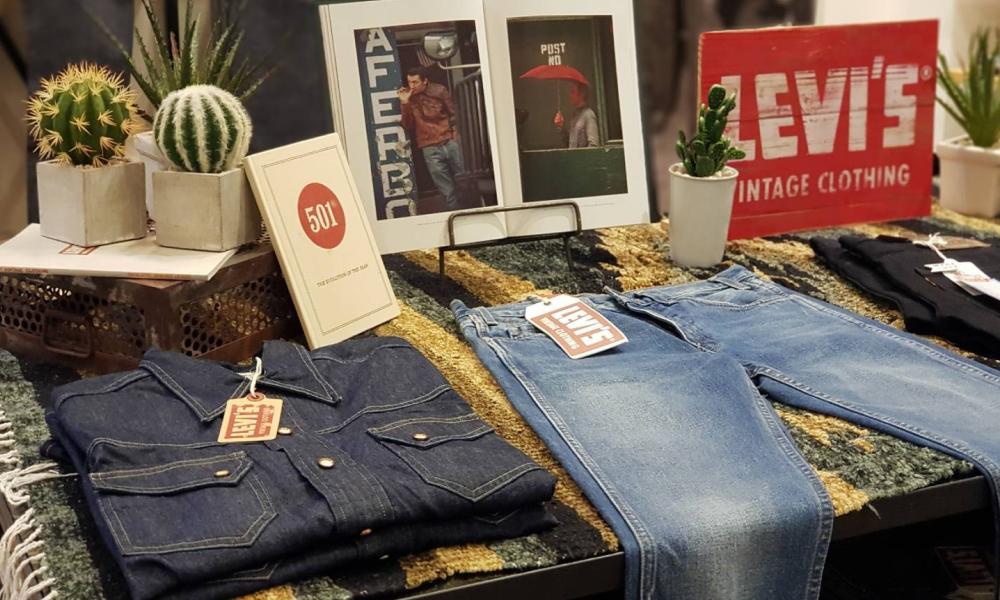
Japanese Prices:
- Type 66 (late): ~18,800 yen
- 80s Redline: ~19,800 yen
- 90s Made in USA: 6,800–8,800 yen
- Big E: ~132,000 yen
- Pre-66 XX: Over 300,000 yen
Rare models like Big E or XX command high prices globally, and Japan reflects that. However, for common models like 80s Redlines or 90s Made in USA, Japan often offers better value—particularly in condition. Compared to Western stores, vintage Japanese denim tends to be in superior shape.
B. Vintage Band T-Shirts
Japanese Prices:
- Rare grunge tees: 500,000–600,000 yen
- Common originals: Several thousand to tens of thousands
- Reprints: A few hundred yen
Prices in Japan mirror global trends, especially for sought-after tees. Nevertheless, you can still find gems in excellent condition at fair prices. For those seeking wearable, authentic finds—not just hype—Japanese thrift stores deliver.
C. Iconic Branded Goods (Burberry, Ralph Lauren, etc.)
Burberry in Japan:
With a vibrant resale market, Burberry coats can be found from under 10,000 yen to around 60,000 yen. Japan-licensed lines (like Blue Label) are often more affordable and mostly found domestically—thus providing an edge in Japan’s vintage scene.
Other Brands:
Ralph Lauren shirts can start at 1,998 yen. Brands like Carhartt, Barbour, and Patagonia are widely available at fair prices, and vintage Dior or Aquascutum is not uncommon in curated shops.
Takeaway:
Thanks to its vast import networks and curated collections, Japan offers many European and American brands—often with better condition than you’d find at home.
The Condition Advantage: Japan’s Unique Selling Point
A. Superior Condition as Standard
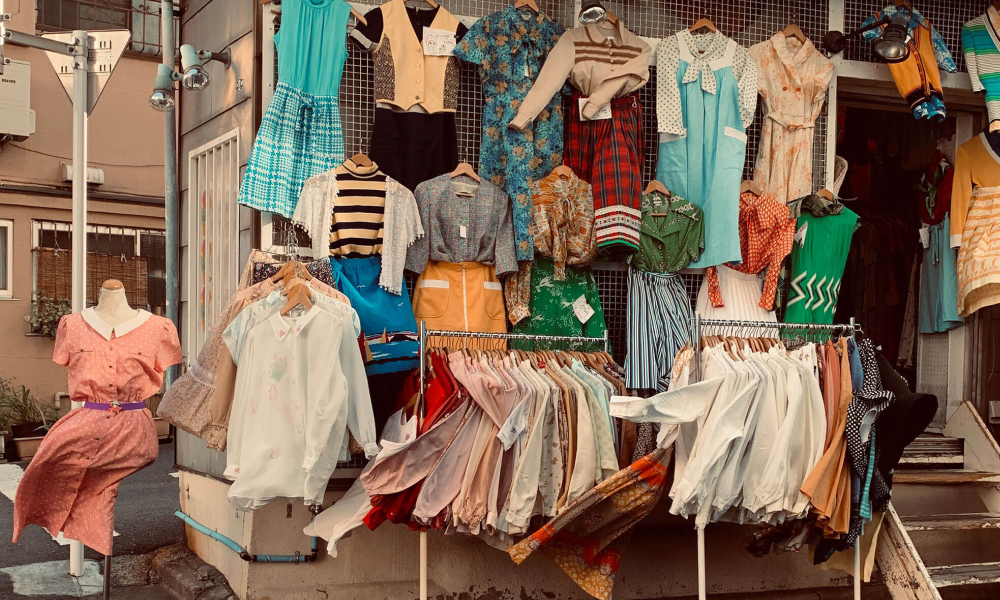
In Japan, quality isn’t a bonus—it’s the norm. Even at budget stores, items are clean and repaired. This level of presentation adds significant value and saves buyers time.
B. Condition Abroad: Less Consistent
Western vintage shopping often involves sifting through “as-is” items, with condition left to chance. While high-end stores maintain standards, the average Japanese store—even a basic Osaka thrift shop—still outshines in this area.
C. The Verdict
Japan’s edge isn’t always price—it’s condition. Whether you’re browsing a trendy Tokyo boutique or a suburban Second Street Japan branch, the items are typically in far better shape, justifying the price and making Japan a preferred source for vintage enthusiasts.
Where to Shop in Japan: A Quick Guide on Japan’s Vintage Scene
Best Areas
Where is the best city for vintage shopping in Japan?
You have options—Tokyo and Osaka are at the top.
Tokyo

- Koenji: Great for affordable, diverse finds (STICK OUT, Anemone)
- Shimokitazawa: Compact, trendy stores with youth-oriented selections
- Harajuku & Shibuya: Home to premium Japan designer thrift stores
Osaka
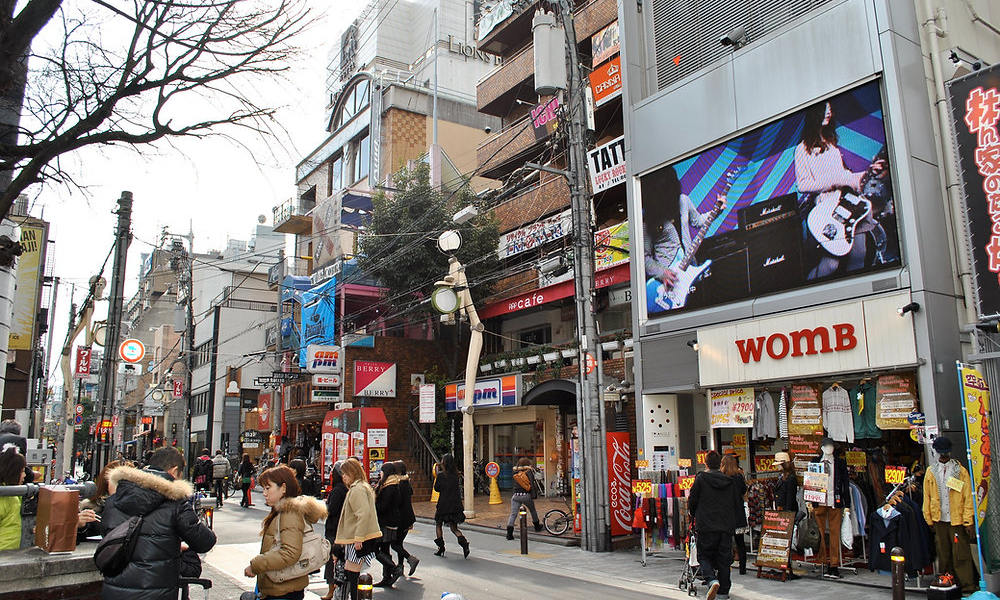
- Amerikamura (Amemura): Streetwear and youth fashion hotspots
- Horie: Curated and niche stores like IN
- Second Street Japan locations: Widely available across both cities, with a mix of vintage, streetwear, and branded resale
Which part of Japan is best for shopping?
It depends on your goals. For variety and volume, Tokyo edges ahead. However, for budget-friendly exploration and fashion-forward streetwear, Osaka excels.
Store Types
- Large Chains: RAGTAG, RushOut, Furugiya JAM—great for dependable stock
- Independent Boutiques: For curated gems (e.g., ROGER’S in Kyoto for denim)
- Bargain Stores: STICK OUT in Koenji, famous for its flat 800-yen pricing
- Online Options: Yahoo Auctions, ZOZOTOWN, and individual store sites
Shopping Tips
- Check Condition: Japan’s high standard doesn’t mean skip due diligence
- Know Your Size: Vintage sizing varies; Japanese items often run smaller
- Ask Staff: In Japanese thrift stores, employees are usually vintage-savvy
- Understand Pricing: Rarity, condition, and curation affect prices
- Look at Tags: Vital for dating Levi’s, identifying originals, and spotting fakes
Is a Trip to Japan Worth It for Vintage Clothing?
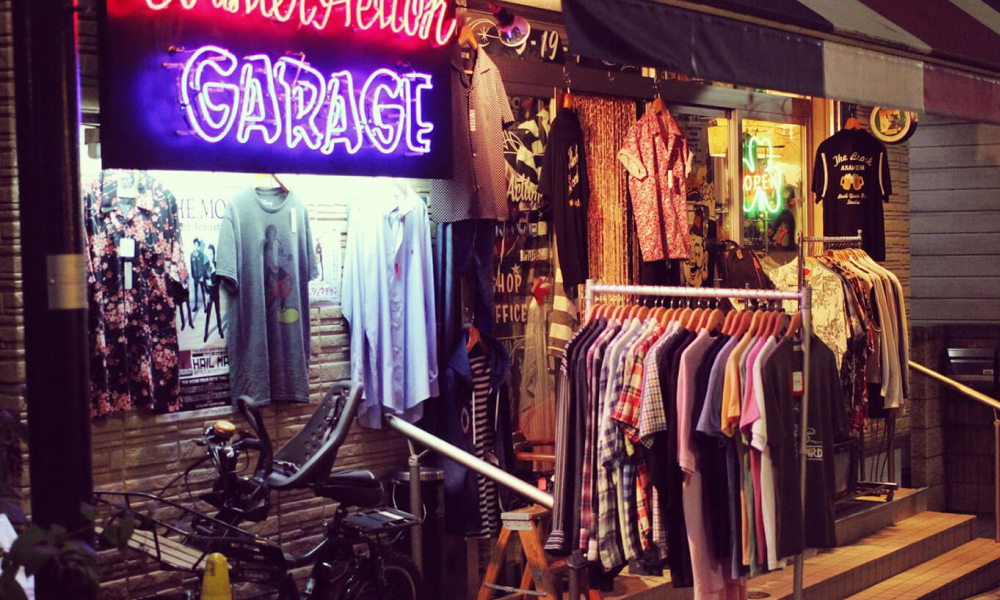
Key Takeaways
- Pricing: Japan isn’t always cheaper, especially for globally hyped items. However, in the mid-range, it offers great value—especially when factoring in condition.
- Condition: Across all categories, Japan leads with cleanliness, repairs, and presentation.
- Variety: Whether you’re after streetwear, designer goods, or rare tees, you’ll find something—particularly in major hubs like Tokyo and Osaka.
Shop Vintage
Japan’s vintage scene is one of the most refined, respected, and rewarding in the world. For the rare collector, it’s a goldmine. For the quality-focused shopper, it’s the best bet. And for those chasing Japan’s vintage best deals, there’s no shortage of treasure—if you know where to look.
From curated Japan designer thrift stores to fun, budget-friendly Osaka thrift adventures, you’ll find that shopping vintage in Japan is as much about experience as it is about the clothes. So whether you’re planning your first vintage run or returning to your favorite Koenji side street, Japan remains a top-tier destination for discovering one-of-a-kind fashion stories.



